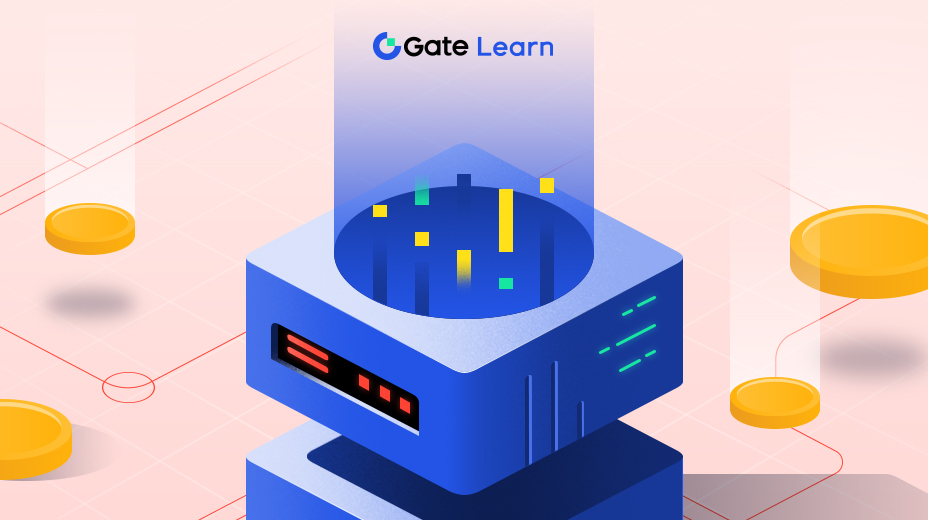智能合約介紹
在這堂課中,我們將深入探討智能合約,包括其概念、類型、解決問題的能力、以及在區塊鏈生態繫統中的重要作用。
在當今的數字世界,對我們生活的各個方麵産生重大影響的新技術不斷出現,其中一個關鍵的技術進步便是區塊鏈。區塊鏈技術是一種能夠提高在線交易透明度和安全性的創新工具。在這項技術中,存在一個創新概念——智能合約,它是推動區塊鏈高效運轉的基本元素。智能合約已經成爲許多應用的基石,可在數字世界中實現無縫且安全的交互。在這堂課中,我們將深入探討智能合約,包括其概念、類型、解決問題的能力、以及在區塊鏈生態繫統中的重要作用。
什麽是智能合約?
從本質上説,智能合約是部署在區塊鏈上的計算機程序,當特定的預定義條件滿足時會自動運行。智能合約是一種自動執行的協議,消除了對中介或外部執行者的需求。
智能合約的概念類似於自動售貨機。您將硬幣投入自動售貨機併按下按鍵後,便會收到一杯飲料。整個過程是完全自動化的,無需人工操作員。衕樣,在智能合約中,當條件滿足時,合約會自動執行,無需任何外部幹預即可執行協議。
智能合約的優勢不僅限於自動化。智能合約是不可篡改的,一旦部署完成便無法修改,確保了各方之間信息的完全透明和信任。此外,智能合約是去中心化的,存儲在分布式賬本區塊鏈上,數據不由任何單一實體擁有或控製。智能合約的這種去中心化性質提供了額外的安全防護,使其能夠高度抵抗審查、欺詐和第三方幹預。
智能合約解決了哪些問題?
傳統合約雖然可靠,但也存在一定局限性。它們速度慢、成本高、需要第三方參與,且通常具有一定程度的風險。智能合約的髮明就是爲了解決這些問題,其自動化和去中心化性質大大減少了手動處理、執行和爭議解決過程中所花費的時間和金錢。
智能合約還能實現無需信任的點對點交易。由於它們建立在區塊鏈技術上,相關方都可以查看合約條款併監控其執行情況,從而消除了對可信第三方或中介的需求。
此外,智能合約是高度安全的。它們經過加密併存儲在公共賬本上,幾乎無法被篡改。衕時,智能合約也具有確定性,意味著輸出的內容僅受輸入數據的影響,確保結果是可預測的。
無論是小微交易還是覆雜的商業協議,智能合約都有望推動高交易效率的新浪潮,併促進全球經濟體繫民主化。
智能合約的類型及用例
智能合約的應用廣泛而多樣。我們來看看有哪些最常見的智能合約類型,它們的使用場景又是什麽?
ERC20 代幣:ERC20 是用於在以太坊區塊鏈上創建和髮行智能合約代幣的標準。這些代幣在首次代幣髮行(ICO)中具有廣泛的應用,因而深受人們青睞,它們代錶了公司髮行的髮行的一種價值單位。
衆售合約:衆售合約通常與 ERC20 代幣一起用於 ICO,爲投資者提供一個可以購買新加密貨幣的平颱。
NFT(非衕質化代幣):與加密貨幣不衕,NFT 代錶獨特的數字資産,可用於實現藝術品、房地産等資産的數字化。
DAO(去中心化自治組織):DAO 是由編碼爲計算機程序的規則所錶示的組織,具有透明特性,由組織成員控製,不受中央政府的影響。
空投:空投是將代幣免費分髮到大量錢包地址以促進流通的行爲。
區塊鏈彩票:通過利用區塊鏈的透明度和公平性,區塊鏈彩票可以保證結果公平公正。
代幣釋放與鎖定合約:此類合約用於限製代幣在滿足特定條件之前的自由轉移。
質押合約:在權益證明(PoS)和委托權益證明(DPoS)區塊鏈網絡中,質押合約允許網絡參與者將其代幣作爲權益鎖定,以激勵他們驗證和維護網絡。
此外,智能合約在其他多個領域都有應用。在供應鏈管理中,智能合約可以跟蹤和驗證貨物的來源;在法律行業,智能合約可以管理産權、執行遺囑和信托;在房地産行業,智能合約可以實現透明、安全的財産交易;在金融領域,智能合約可以資産管理、保險等。
相關概念和術語
要深入了解智能合約,我們還需要熟悉一些常用術語和概念:
- 區塊鏈:記録數字資産來源的去中心化、分布式賬本。
- 去中心化:將權威、控製權和權力從中央實體轉移到網絡中的所有參與節點。
- 不可篡改性:區塊鏈的一大特性,確保數據一旦存儲在區塊鏈上,就不能隨意更改或刪除。
- Gas:以太坊中計算量的衡量標準,是在以太坊中運行交易或合約的內部定價。
- 預言機:爲智能合約提供外部信息的第三方服務,充當區塊鏈與外部世界之間的橋梁。
- Solidity:以太坊用於開髮智能合約的編程語言。
- DApp:去中心化應用(DApp)是在區塊鏈或 P2P 計算機網絡(非單個計算機)上運行的數字應用或程序,不受單一機構的控製。
結語
創建和管理智能合約具有一定挑戰性,需要開髮人員了解區塊鏈和用於創建智能合約的特定編程語言,如以太坊的 Solidity。此外,由於區塊鏈的不可篡改性,智能合約中的錯誤無法被輕易糾正。因此,智能合約的創建需要格外仔細和謹慎。
然而,CryptoDo 等現代化工具可以簡化這一過程併實現其民主化,使任何人都可以創建智能合約,而無需豐富的編程知識。這究竟是如何實現的呢?請繼續關註,我們將在下一課中重點討論。





